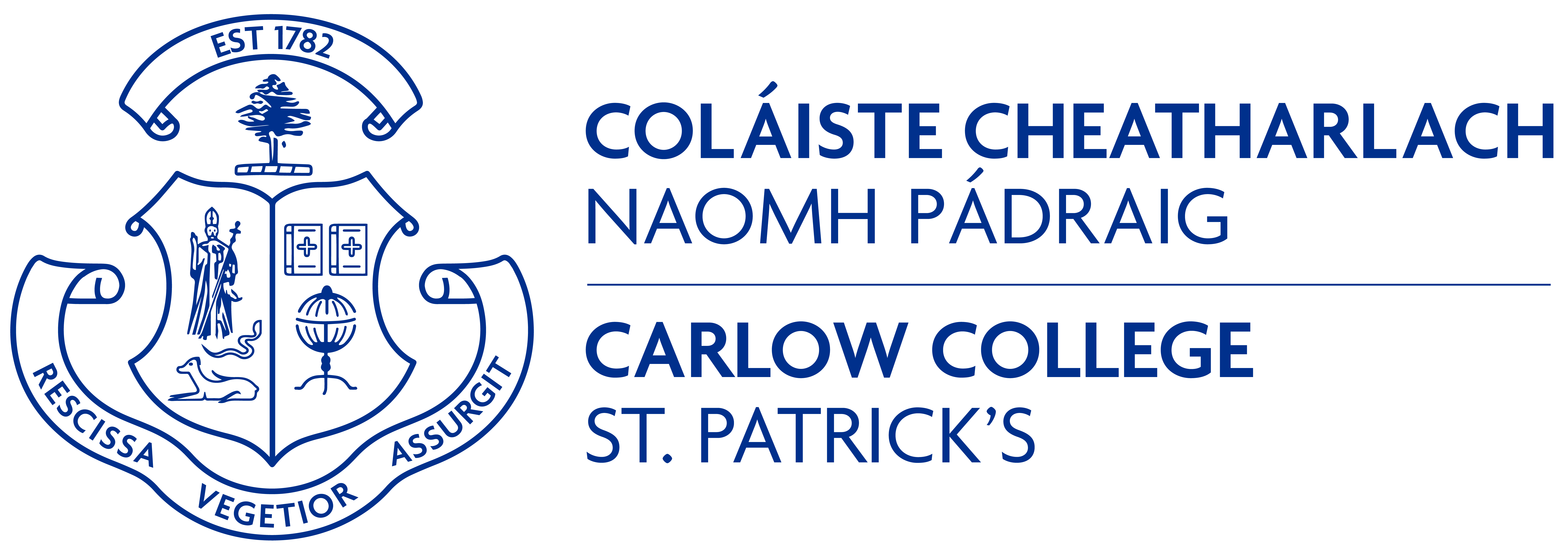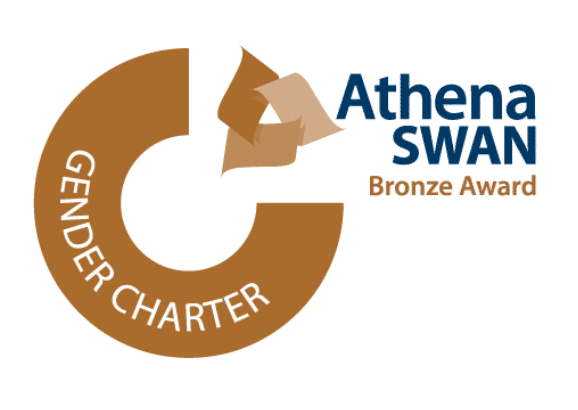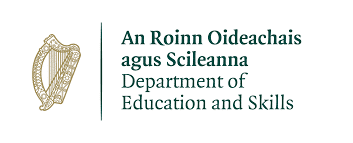Kevin Barry – Ireland and the End Times
If, as theologian Paul Tillich suggested, the early to mid-twentieth century period can be deemed the ‘Age of Anxiety’, then surely our current epoch has hurtled past anxiety to enter what might be termed the ‘Age of Apocalypse’. For it seems that humanity has never before developed so many ways to annihilate itself and faced so many omens of total civilisational collapse; from the current Covid 19 pandemic, to the continuing Nuclear threat, to the Great Recession, to the incessant hum of climate change and ecological catastrophe, it is difficult to avoid the conclusion that we are entering, despairingly, into the twilight of Homo Sapiens. And yet, the artistic representation of these looming catastrophes need not engender a sense of fatalist despondency and dejection. For (post) apocalyptic art – whether literature, film or painting – often deploys an eschatological lens to productively interrogate the contemporary dispensation and to identify the larger structural forces that have brought humanity to the brink. Within Irish culture, there is a rich seam of writing that employs apocalyptic tropes as a mode of constructive critique. From Yeats’ ‘The Second Coming’, to Ellis Ni Dhuibhne’s lesser-known novel The Bray House, to Mike McCormack’s Solar Bones, to Mark O’Connell’s more recent Notes from the Apocalypse, Irish writers have employed the imagery of apocalypse to explore the socio-economic and geo-political forces that imperil our world and to map the effects and implications of modernity.
The writer Kevin Barry offers a singular addition to this corpus of catastrophe with his magisterial short story ‘The Fjord of Killary’, which depicts the gradual flooding of a hotel on the west coast of Galway over the course of one night. The story begins on the day of a near biblical storm and is narrated by a poet from Dublin called Caoimhín. We discover that he has recently purchased the hotel in the hope that this new western locale will serve as inspiration for his writing, and he is initially seduced by older, conceptions of an ideal Celtic West as mythologized by scholars and writers such as Matthew Arnold, Ernest Renan, W. B. Yeats and Lady Gregory. Yet, the notion of the West as some form of romantic, transtemporal otherworld, or as a site of cultural resistance to the modern, is quickly and comically demystified by Caoimhín:
I was thinking, the west of Ireland … the murmurous ocean … the rocky hills hard-founded in a greenish light … the cleansing air … the stoats peeping shyly from the little gaps in the drystone walls …
Yes. It would all do to make a new man of me. Of course, I hadn’t counted on having to listen to my summer staff, a pack of energetic young Belarusians, fucking each other at all angles of the clock. And the ocean turned out to gibber rather than a murmur.
Gibber gibber – whoosh. Gibber gibber – whoosh (30).
The narrator even mocks his early enthusiasm for recording the particular idiom of his customers, wryly noting that he “had kept a surreptitious notebook under the bar” to collect unusual locutions and expressions(33); surely a parodic echo of Synge on Aran with his ear to a chink in the floorboards eavesdropping on the serving girls’ talk below him.
Killary, it rapidly becomes clear, has not been insulated from globalising effects of modern Ireland. This is perhaps most apparent in the narrator’s conversation with Mick Harty, “distributor of bull semen for the vicinity”, and his wife Vivien who regale Caoimhín with their recent trip to an upmarket restaurant owned by “the Dutch faggots” (30). Despite the Hartys’ abhorrent homophobia, the apparent success, even fact, of a business owned by an openly homosexual couple bespeaks the changing attitudes to sex and sexuality that occurred in Ireland from the nineties to the present; in the space of a generation, Irish society and its constitutional and legal frameworks transformed from exhibiting a deeply conservative attitude to LGBTQ individuals to adopting a strikingly liberal position. Though the Hartys do not exhibit this greater tolerance, they do take pleasure in broadcasting their gustatory indulgence to Caoimhín, seemingly as a testament to their affluence; Vivien is sure to tell him “precisely” what they had paid for their meal: “‘Two starters, two mains, we shared a dessert, two bottles of wine, two cappuccinos’, she said … ‘Hundred and thirty-six euro, even – not cheap, Caoimhín.’” (31) The Hartys casual frequenting of a high-end restaurant also exemplifies what might be termed the democratisation of haute cuisine dining in Celtic Tiger Ireland, a change from earlier decades when, according to Brian Murphy, the middle classes “went from the toasted special in the local pub to brunches, lunches and dinners in upmarket restaurants, wine bars and hotels.’ The emergence of this new ‘gastronomic cultural field” (165) was engendered not just by an increase in individual wealth and income, but by the “returning diaspora and increased foreign travel from the mid-1990s until the end of the Celtic Tiger” (166). Another contributing factor was the rapid growth of the ‘non-national’ immigrant population within Ireland during this period, who brought with them their own cuisine, culinary expertise and food cultures.
The presence of Dutch restauranteurs, and Caoimhín’s Belarussian bar staff, is also suggestive of the transformative effects of immigration on Ireland’s private and professional spheres at this juncture. From the early nineties to the late noughties Ireland rapidly changed from a “mono-ethnic nation State” into one with “a comparatively large immigrant population”’ (Fanning, 119). An accelerating factor in the rapid increase in immigration during the Celtic Tiger period was the decision by the Irish state in 2004 to permit migrants from ten new EU member states from Eastern Europe to live and gain employment in the country without visas. As Fanning notes, this resulted in “perhaps the greatest act of social engineering since the seventeenth-century plantations” yet generated “little or no political response” (123). However, in the same year, the country held a Referendum on Citizenship that resulted in the denial of the right of citizenship to Irish-born children of non-citizens. At the very moment that the country became considerably more accessible as a migrant destination, citizenship for migrants became more difficult to achieve. In effect, a “neo-liberal approach to immigration, which welcomed migrants able to participate in the labour market … somehow co-existed with policies that deepened distinctions between ‘nationals’ and ‘non-nationals’” (Fanning,122). This deeply contradictory, even cognitively dissonant, response to immigration is reflected, to an extreme extent, by Vivien’s noxious attitude to migrants in the narrative; though she bewails “these bastards from the back of nowhere” who “take our fuckin jobs”, she happily gives her custom to establishments owned by non-Irish individuals or with a high proportion non-Irish workers (38).
The irony of Vivien’s position is also particularly acute given the story’s setting in the West of Ireland from whence so many Irish men and women emigrated during and after the Great Famine to seek new livelihoods in foreign climes: this context is emphasized by Bill Knott, a drinker at the bar who, in discussing an escape on a boat to Clare island, comments: “‘Of course, it would not be the first time… that the likes of us would be sent hoppin’ for the small boats’”(42). The catastrophic legacy and trauma of Ireland’s colonial history is again evoked at the end of the narrative when Caoimhín states defiantly that “1648 was a year shy of Cromwell’s landing in Ireland, and already the inn at Killary fjord was in business – it would see out this disaster, too” (45.) In adducing two of the most catastrophic periods of Ireland’s colonial past – the Famine and the Cromwellian Plantations – the narrative establishes a larger historical context in which to comprehend Ireland’s experience of modernity. As Joe Cleary has cogently articulated, in Ireland, “modernisation via colonisation preceded modernisation via industrialisation” with the result that the country underwent a profoundly different transition to modernity than other European nations (7). While for the Germans, English or French, “modernity was associated with domestic innovation, industrial trailblazing, national aggrandisement and even global pre-eminence”, within Ireland modernity signalled a profound depletion in sovereignty, economic emasculation and mismanagement, and the evisceration of its indigenous Gaelic culture and language (9). Given the narrative’s evocation of this darker aspect of Ireland’s historic experience of modernity, the imminent financial crash – adumbrated by the rising flood that engulfs the hotel at the end – can therefore be understood as the most recent destructive feature of Ireland’s long and deeply problematic relationship to modernisation. And while the denouement would seem to suggest an apparent fatalism in the face of overwhelming, transnational forces of capital, the elongated historical continuum established by the story helps to illuminate and productively interrogate the inherent structural frailties of the late capitalist system that Ireland has become immersed within. The focus on the rising tidal waters that overwhelm the hotel, combined with the narrative’s increasingly eschatological tone, also suggest capitalism’s central role in the global climate crisis and its capacity to trigger ecological and environmental collapse of a scope and magnitude that could produce civilisational collapse. In this regard, Malcom Sen has astutely read Caoimhín’s patrons’ apparent indifference to the rising tide as a parallel to a larger inertia in the face of global ecological crises, arguing that: “Alcoholic merriment behaves as a metonymic stand-in for a culture of denial and petty provincialisms that suffocate an imaginative capacity to comprehend what is global in nature”(Sen, 21).
“The Fjord of Killary” offers what is perhaps Barry’s most sophisticated and complex conception of modernity in his short fiction, which is to say that it reflects and interrogates many of the vexed antimonies and anxious uncertainties connected both to Ireland’s historical and contemporary experience of modernisation. The story clearly registers (if comically or parodically on occasion) some of the positive, even emancipatory, features that attended the rise of the Celtic Tiger: greater sexual liberalisation and an increased tolerance of a wider range of sexualities; a diversification and opening out of gastronomic and culinary practices; a growth in immigration and ethnic diversity; and the disruption of settled cultural hierarchies. However, its quasi- apocalyptic denouement symbolically infers the more destructive economic and ecological impacts of Ireland’s embrace of late capitalist culture as part of its recent modernisation phase. The narrative does not endorse the neoliberal consensus that emerged during Ireland’s Celtic Tiger experiment, yet neither does it reflexively revalorize cultural tropes that comprehend and romanticize the West as a locus of a more authentic, pre-modern rural nationhood. And if, more generally, Barry’s short fiction implies that Irish culture has become increasingly threatened by the homogenizing forces of a globalizing economic order, it also adduces the greater plurality of identity and cultural expression that have emerged in the new millennium.
This blog contains some extracts from the article:
Simon Workman, ‘There Are Darker Kingdoms: Mapping Modernity in Kevin Barry’s Short Fiction’ in the Journal of the Short Story in English, 73 (Autumn, 2019), pp. 241 – 261.





